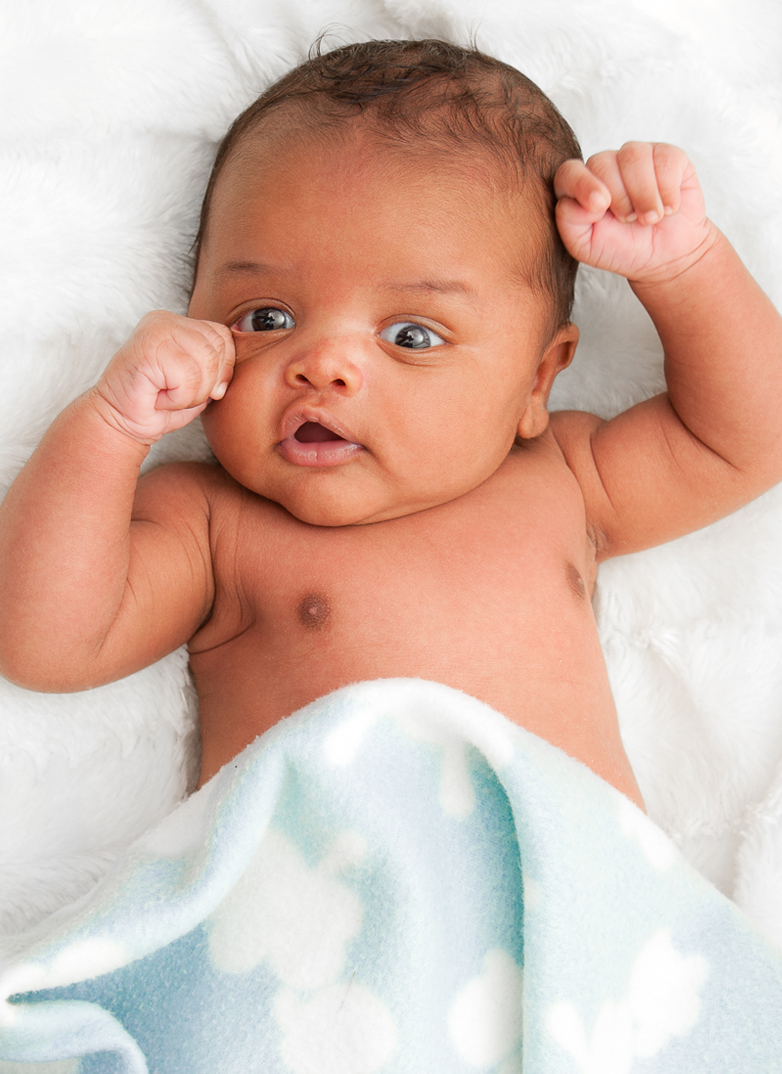What most babies do by this age:
Social:
- Smiles spontaneously, especially at people
- Likes to play with people and might cry when playing stops
- Copies some movements and facial expressions, like smiling or frowning
Language/Communication:
- Coos and babbles
- Makes sounds when looking at toys or people
- Cries in different ways to show hunger, pain, or being tired
Problem Solving:
- Reaches out for toys in front of him
- Follows moving things with eyes
- Recognizes familiar people and things at a distance
Movement:
- Holds head steady, unsupported
- Pushes down on legs when feet are on a hard surface
- May be able to roll over from tummy to back
- Can hold a toy and shake it and swing at dangling toys
- Brings hands to mouth
WHAT FAMILIES CAN DO
- Cuddle, talk, and play with your baby while feeding, dressing and bathing.
- Read and sing to your baby. Look and talk about pictures.
- Establish routines for sleeping and feeding.
- Learn your baby’s signals – does your baby cry when hungry or rub eyes when tired?
- Put a toy or rattle in your baby’s hand.
- Hold your baby upright with his/her feet on the floor.
- Place your baby on his/her tummy when awake and put toys nearby to practice reaching for them.
- Provide a safe environment, such as a blanket on the floor, where your baby can reach for or kick toys and explore surroundings.
- Imitate your baby’s sounds and act excited in response to those sounds.
- Play games such as “peek-a-boo” and “pat-a-cake.”
- Use toys that are soft, safe for infants and colorful to attract your baby’s attention.

